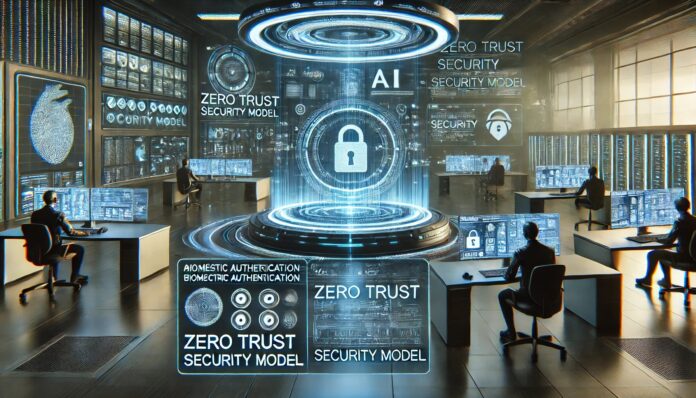
As federal agencies move beyond the Office of Management and Budget’s (OMB) September 2024 zero trust implementation deadline, achieving comprehensive zero trust remains an ongoing endeavor. While all agencies continue working toward this critical cybersecurity mandate, a select group has emerged as particularly effective in their implementations, offering valuable lessons for organizations at every stage of their security journey.
What Sets Leaders Apart?
The shift from traditional perimeter-based security to zero trust architecture represents a fundamental change in how federal agencies approach cybersecurity. Leading agencies have recognized that success in this transition requires more than just compliance with mandates – it demands a comprehensive transformation of security practices and organizational culture.
These agencies have found success through strategic partnerships with commercial cloud providers and specialized service providers. These collaborations bring critical technology, battle-tested methodologies, and lessons learned from diverse implementations across the public and private sectors.
Furthermore, these agencies have a comprehensive approach to security, addressing all five pillars of the zero trust architecture: identity, device, network/environment, application workload, and data. Rather than treating zero trust as a checkbox exercise, they’ve embraced it as a fundamental shift in how they think about security. These leaders excel at both macro and micro segmentation, effectively dividing their networks into manageable, secure segments while maintaining clear visibility into devices and their security postures, implementing dynamic access controls based on real-time validation of users and devices.
Transforming Operations with Zero Trust
The journey to zero trust excellence is all about transforming how agencies operate. Leading agencies have discovered that proper implementation of zero trust principles actually improves operational efficiency. By optimizing resource utilization and enabling systems to respond at the speed of compute, these agencies are more secure and more effective.
These agencies demonstrate particular strength in data protection, ensuring information is safeguarded both at rest and in transit, with clear visibility into data movement. They extend security beyond the perimeter to individual workloads and applications, recognizing that modern threats require a more granular approach to protection. Their flexibility in applying zero trust principles to unique scenarios – such as organizational mergers, third-party access management, and complex infrastructure considerations like operational technology environments – ensures that security measures can be effectively implemented across a wide range of contexts.
A Roadmap for Success
For agencies looking to follow in these leaders’ footsteps, the path forward begins with honest assessment and strategic planning. Most organizations typically find themselves in one of four common scenarios when approaching zero trust implementation:
- They’ve already made progress on modernizing their security approach but aren’t sure if they’ve achieved a true zero trust architecture or how to measure their maturity level
- They’re unsure where to start or which technologies will deliver the best outcomes in the shortest timeframe
- They’re stuck on a specific implementation challenge where conventional solutions haven’t been effective
- They need assistance developing a detailed roadmap that includes guidance on how to “programmize” zero trust to ensure continued success for years to come
Regardless of their starting point, the most successful implementations regularly begin with a comprehensive evaluation of current security postures, followed by the development of detailed roadmaps that balance quick wins with long-term goals.
The key is to start with manageable steps while keeping sight of the larger vision. Leading agencies have found success by initially focusing on fundamental elements like multi-factor authentication and enhanced visibility into network traffic. These measures provide immediate security benefits while building momentum for more comprehensive changes.
Automation is another key focus area for leading agencies. They recognize that manual processes can’t keep up with the speed of modern threats. Prioritizing automated threat detection and response, continuous monitoring and assessment of security posture, and streamlined access provisioning and de-provisioning enables these agencies to maintain a robust security stance with greater efficiency.
Navigating Challenges
Every transformation faces obstacles, and the journey to zero trust is no exception. Legacy systems, budget constraints, and talent shortages present significant challenges. However, leading agencies have developed innovative approaches to overcome these hurdles.
For legacy systems, successful agencies have adopted a pragmatic approach, implementing compensating controls around older systems while gradually modernizing critical applications. They’ve learned to navigate budget constraints by aligning zero trust initiatives with other modernization efforts and demonstrating concrete returns on investment through improved efficiency and reduced risk. By framing zero trust as an investment in overall agency effectiveness and resilience, leaders can often secure the necessary resources for implementation.
The talent shortage, perhaps the most pressing challenge, has led to creative solutions. Top performers have invested in comprehensive training programs for existing staff while building partnerships with academic institutions to create sustainable talent pipelines. Some have successfully leveraged managed services to augment their internal capabilities, creating hybrid teams that combine institutional knowledge with specialized expertise.
Looking Ahead
The federal agencies leading the charge in zero trust have demonstrated that while the journey is complex, significant progress is achievable. Their experiences offer a valuable roadmap for organizations at every stage of the zero trust journey, proving that enhanced security and operational efficiency aren’t mutually exclusive goals.
As cyber threats continue to evolve, the lessons learned from these agencies become increasingly valuable. Their success stories show that with careful planning, strategic implementation, and a commitment to change, organizations can build a more secure and resilient digital future.
While the OMB deadline has passed, these leading agencies demonstrate that the true value of zero trust extends far beyond mere compliance. Their experiences show that thoughtful, comprehensive implementation creates a foundation for lasting security and operational excellence that will serve agencies well as they face the challenges of an ever-evolving threat landscape. The journey to zero trust may be ongoing, but the path forward is clear, and the benefits are worth the investment.
###
Mark Modisette is the Senior Director for Zero Trust Strategy at Optiv + ClearShark, where he helps clients implement Zero Trust Principles effectively. With a background at companies such as CVS Health, Microsoft, and Avaya, Mark has held various leadership positions focused on security strategy and risk management.





















